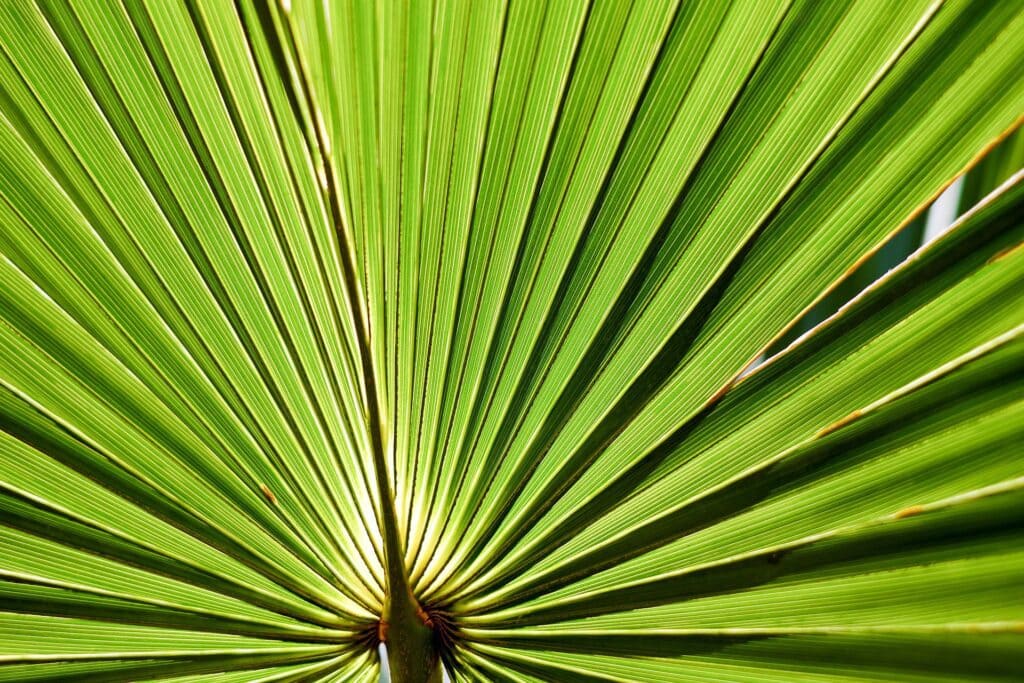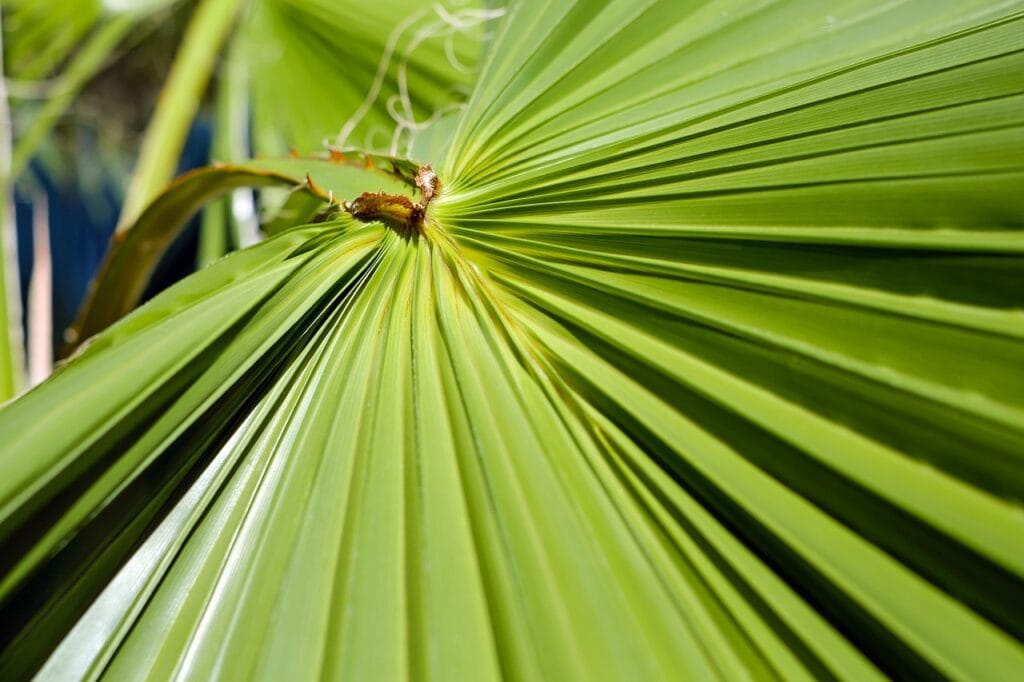What Is the State Tree of South Carolina? History, Symbols, & FAQ
-
Pete Ortiz
- Last updated:

Few state symbols bear as much meaning as the palmetto tree, which was chosen as South Carolina’s state tree in 1939. The tree has been an essential element of the state’s seal since the American Revolution, and many individuals can quickly identify South Carolina by its Palmetto State nickname.
While the tropical tree is an apt symbol of the coastal tranquility that makes South Carolina an established vacation destination, its importance goes much deeper. In some regards, it was instrumental in defining the history of the state and possibly even the nation. Let’s explore the nature of the palmetto tree and why it was an obvious choice when it was time to decide on the official South Carolina state tree.
What Is the Sabal Palmetto?
The sabal palmetto is native to oceanside regions in USDA zones 7b–11a. It spreads from North Carolina to Florida, gracing South Carolina’s Lowcountry and Georgia’s coast along the way. As one of the most abundant trees in Florida, the Sabal palmetto became its state tree 14 years after South Carolina made it the official arboreal representative.
Mature sabal palm trees can grow over 40 feet tall, sporting curved, fan-shaped leaves that can stretch up to 6 feet. The trunk has a distinct pattern of crisscrossing remains from old fronds. Thousands of tiny white flowers bloom in late spring for an unexpected seasonal display.
Along with its unique look, the sabal palm is a classic landscaping feature due to its low maintenance demands and extreme hardiness. It can tolerate salt spray, cold weather, and wind, and it’s able to bend under intense gusts that would typically break any other tree.
History of the Sabal Palmetto in South Carolina
Sabal palmettos have had numerous uses throughout the centuries. Also called the cabbage palmetto, the tree produces edible budding points at its core that have an asparagus or artichoke-like taste. The buds, called hearts of palm, are white vegetables popular in salads, dips, and relishes.
Palm leaves were an essential resource for early American cultures. The Seminoles used them in several places, including roofing thatch, baskets, brushes, and brooms. The plant also had many medicinal purposes in those communities.
Despite its many practical everyday uses, the sabal palmetto earned its place in the hearts of South Carolinians for another reason: its role in the American Revolution. While other state trees are only famous for being showy, the palmetto tree is a bonafide war hero.
The Sabal Palm and the American Revolution
The palmetto tree symbolizes the Patriots’ victory over the British at Fort Sullivan in 1776. On June 28, the military base on Sullivan’s Island came under fire from nine of the Royal Navy’s man-of-war ships. With odds stacked against it, the fort overcame the attack, thanks in no small part to the sabal palm.
The completed fort’s design accounted for 1,000 soldiers. As it was under construction at the time, commanding officer Colonel William Moultrie only had a fraction of that potential military force on site when the British attacked. It was 300 men versus 300 cannons. Yet after several hours of hard-fought resistance, the American side repelled the attack, only suffering a sixth of the casualties the British endured.
Following the battle, Moultrie earned the lion’s share of the credit, and the fort eventually changed names to honor his efforts. Still, most people know the real MVP was the palmetto tree.
Wielding only modest weaponry, the troops at Fort Sullivan succeeded because the British couldn’t touch them. The fort’s chief defense was its palmetto tree walls standing 20 feet tall. Like hurricane-force winds, cannon fire couldn’t break the flexible fibrous logs. The barrier rejected the barrage, allowing the troops to wear down their opponent over a 12-hour engagement.

South Carolina State Seal
South Carolina waited less than a year following the Sullivan’s Island battle before cementing the sabal palm’s legacy. The state authorized the creation of a great seal in March of 1776. The towering plant’s heroics couldn’t have come at a better time. When the seal was introduced in May the following year, the sabal palm was a prominent feature.
The palmetto takes up half the seal, sitting opposite the Roman goddess Spes. Beneath the tree is one of South Carolina’s mottoes, “Animis opibusque parati,” translating to “Prepared in mind and resources.”
South Carolina State Flag
The South Carolina flag that flies across the state first came into existence during the Civil War. Interestingly, Colonel Moultrie of Fort Sullivan fame designed the precursor to the current version. Using deep blue to reflect his militia’s uniforms and a white crescent from their caps, Moultrie created the flag that would eventually be flown to signify the British navy’s 1776 defeat.
Nearly 85 years later, the flag’s design popped back up as South Carolina seceded from the Union: this time featuring the palmetto tree. The state adopted the flag on January 26, 1861. After a few minor tweaks, the flag was re-released two days later and has remained unchanged since.

South Carolina State Quarter
The palmetto tree was likely the first thought when states began releasing their commemorative quarters in 2000. It sits alongside two other state symbols, the Carolina wren, and the yellow jessamine.
How Was the South Carolina State Tree Decided?
By 1939, the palmetto tree was celebrated across South Carolina, already adorning the state seal and flag. That year, state Senator Jeff Bates tried to claim the sabal palm as South Carolina’s state tree, worried another state would beat them to the punch. He succeeded, and Joint Resolution Number 63 designated the palmetto tree as the state symbol.
- The palmetto’s historical association with the state
- The tree’s representation on the flag and seal
- The “Palmetto State” nickname
The argument was, essentially, it should be the state tree because it’s the state tree. Governor Burnet R. Maybank signed the Senate’s resolution on March 1st to make it official.
 Final Thoughts
Final Thoughts
The sabal palm represents the best parts of South Carolina. As a symbol of courage and resolve, it holds a distinct and long-standing significance in the state’s tradition. The palm may also be Florida’s official tree, but with its incredible history, South Carolina deserves the title of the one and only Palmetto State.
Featured Image Credit: Pixabay
Contents


